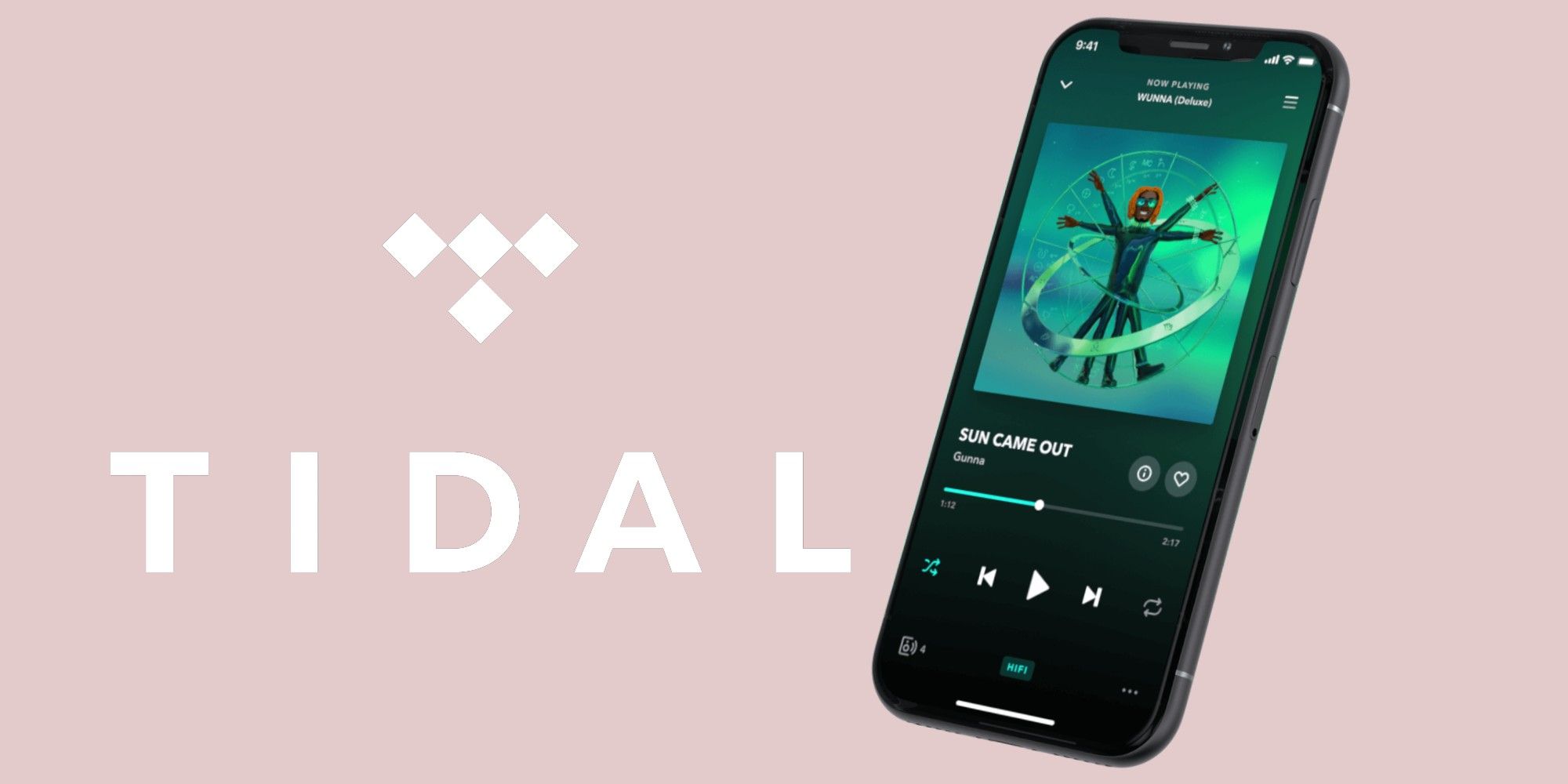Tidal has updated its subscription tiers and also now offers a free option for the first time as well as a cheaper Hi-Fi plan. Whether the changes are enough to compete with the ever-growing number of music-streaming subscription options remains to be seen. For reference, these changes follow the recent acquisition of the company by Square.
Tidal’s initial pitch to the world was that it would offer lossless and Hi-Res lossless music in its catalog. However, Tidal’s method of delivering lossless music relies on MQA. The audio codec folds (or compresses) Hi-Res content down into a CD-quality format to save on bandwidth. Then, when it arrives at a device, the Tidal app unfolds (uncompresses) the audio file to get back to the original audio file. In the process of folding/compressing the file, MQA hides that data within the lower frequencies, which can lead to some distortion when it is uncompressed later. Tidal says nothing is lost in the files, but there have been multiple studies that argue otherwise.
The good news for those who use Tidal but don’t care for MQA, the company has announced that it is changing up its subscription tiers. Starting from the bottom, Tidal will now offer a free tier with “limited interruptions,” though Tidal says they’re not actually ads… at least not yet. This free option streams at a low 160 Kbps bitrate and, obviously, isn’t a steady stream of music. While Tidal’s press release is vague, it seems that, unlike Spotify, TIDAL will allow users to access the entire catalog for free and on-demand, just with messages from Tidal sprinkled throughout. Tidal is also changing up its paid tiers as well, now with an all-new $9.99 a month Hi-Fi tier. This middle tier is basically the old top-end plan, just capped at CD quality (1411 Kbps). In comparison, the top-end tier now offers customers Hi-Fi, MQA (up to 24-bit, 96 kHz), and Spatial audio through both Dolby Atmos and Sony 360 Reality Audio. Along with that, Tidal is introducing direct artist payments, which will give up to 10-percent of a subscription to the artists a subscriber listens to the most. Coming in 2022, Tidal will also be introducing “Fan-Centric Royalties” which will pay artists based on streaming habits. For now, Tidal will let the user “track and share how your listening habits impact your favorite artists,” which will likely tie into the feature coming next year.
Tidal Makes Changes, But Is It Enough?

While these changes are much needed, they might not be enough to entice users to switch. Apple Music and Amazon Music HD offer lossless, Hi-Res lossless, and surround sound music in their base tiers. While Spotify hasn’t announced pricing just yet, it likely will be doing the same. With this in mind, it’s hard to see why anyone would want to pay double the subscription cost for Tidal just to gain access to MQA and spatial audio.
The direct artist payouts and fan-centric royalties are interesting ideas but, again, will most users care? The bulk of mainstream music listeners likely listen passively. In the case of Spotify, a good chunk of users listen through AI-based playlists anyway. For audiophiles, MQA is likely to be off-putting considering they tend to chase bit-perfect sound quality. Not to mention, with modern cellular networks and home Wi-Fi connections, Hi-Res lossless music streaming can easily be achieved with the standard FLAC format.




